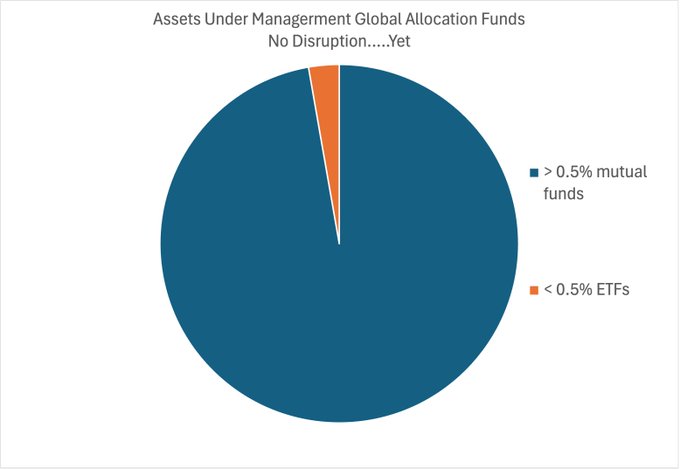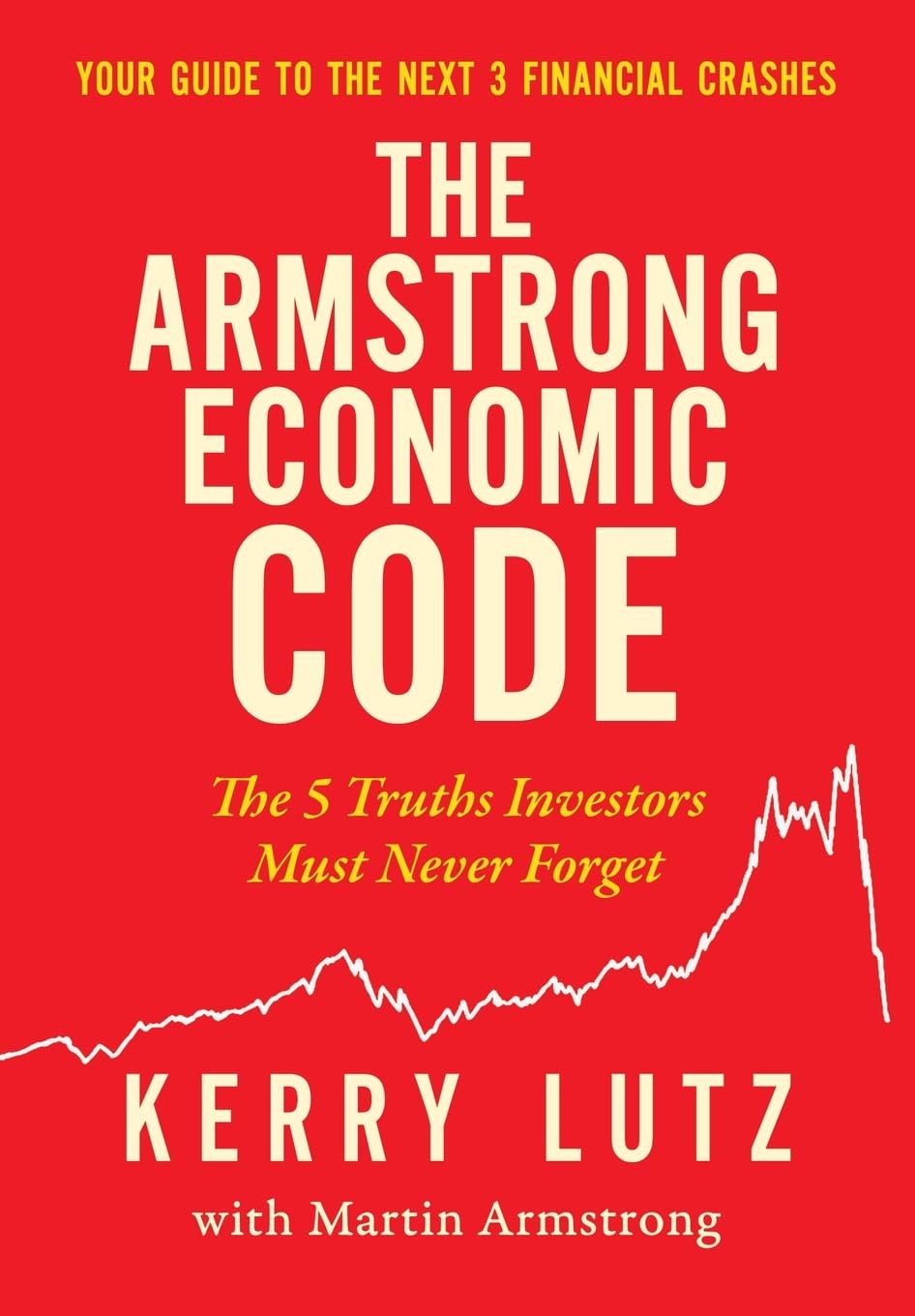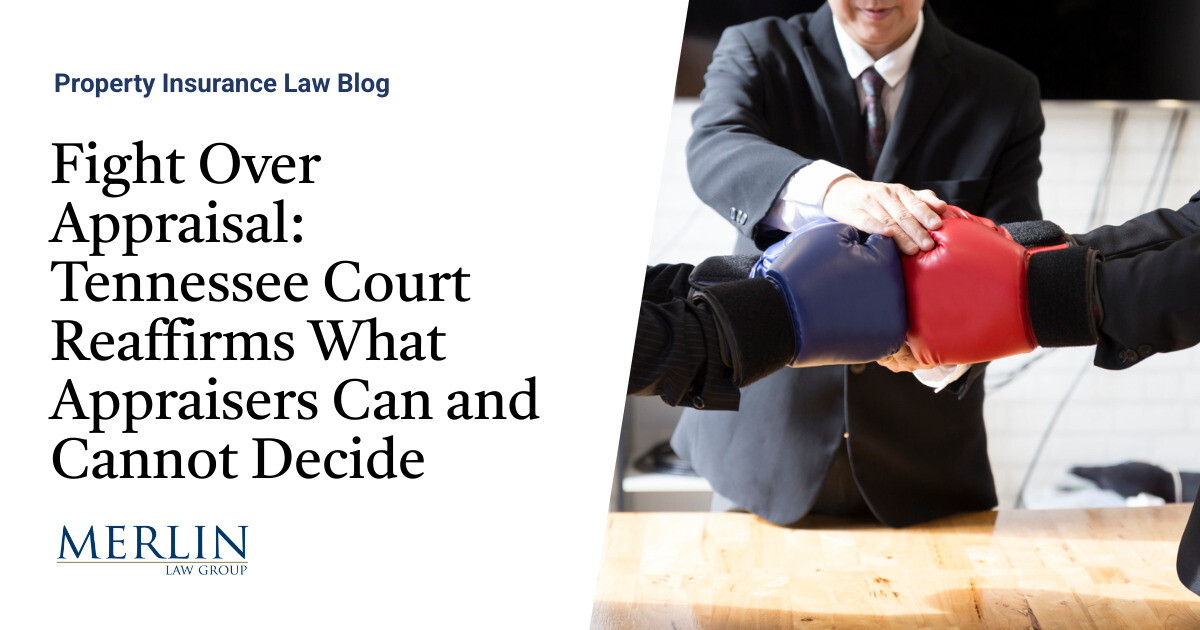A shopkeeper’s son smashes a window, causing a crowd to gather. Its members tell the shopkeeper not to be angry: in fact, the broken window is a reason to celebrate, since it will create work for the glazier. In the story, the crowd envisions the work involved in repairing the window, but not that involved in everything else on which the shopkeeper could have spent his money—unseen possibilities that would have brought him greater happiness. The parable, written by Frédéric Bastiat, a 19th-century economist, sought to draw attention to a common form of argument, which has come to be known as the broken-window fallacy.
If the window were to be broken today, the crowd might have a different reaction, especially if they were nimbys who oppose local construction. Their concern might be with the “embodied carbon” the shopkeeper’s son had released when breaking the window. The production of a pane of glass can require temperatures of more than 1,000°C. If the furnace is fuelled by, say, coal, the replacement window would carry a sizeable carbon cost. Similarly, the bricks, concrete and glass in a building are relics of past emissions. They are, the logic goes, lumps of embodied carbon.
Conserving what already exists, rather than adding to the building stock, will avoid increasing these embodied emissions—or so NIMBYs often suggest. The argument is proving to be an effective one. On March 12th the EU passed a directive requiring buildings constructed after 2030 to produce zero emissions over their lifetime. The city of San Francisco directs would-be builders towards an “embodied-carbon-reduction-strategies checklist”, which starts with the suggestion that they should “build less, reuse more”. Last month the British government attempted to quash proposals from Marks & Spencer, a department store, that would involve rebuilding its flagship shop in London, on the grounds demolition would release 40,000 tonnes of embodied carbon.
At their worst, such rulings are based on a warped logic. Greenhouse gases that have been released by the construction of an existing building will heat the planet whether the building becomes derelict, is refurbished or is knocked down. The emissions have been taken out of the world’s “carbon budget”, so treating them as a new debit means double counting. Even when avoiding this error, embodied emissions must be treated carefully. The right question to ask is a simpler one: is it worth using the remaining carbon budget to refurbish a building or is it better to knock it down?
Choosing between these possibilities requires thinking about the unseen. It used to be said that construction emitted two types of emissions. As well as the embodied sort in concrete, glass and metal, there were operational ones from cooling, heating and providing electricity to residents. The extra embodied-carbon cost of refurbishing a building to make it more energy-efficient can be justified on the grounds of savings from lower operational-carbon costs. Around the world, buildings account for 39% of annual emissions, according to the World Green Building Council, a charity, of which 28 percentage points come from operational carbon.
These two types of emissions might be enough for the architects designing an individual building. But when it comes to broader questions, economists ought also to consider how the placement of buildings affects the manner in which people work, shop and, especially, travel. The built environment shapes an economy, and therefore its emissions. In the same way as the emissions from foot-dragging over the green transition are in part the responsibility of climate-change deniers, so NIMBYs are in part responsible for the emissions of residents who are forced to live farther from their work in sprawling suburbs.
To most NIMBYs, the residents who are prevented from living in new housing are an afterthought. Yet wherever else they live, they still have a carbon footprint, which would be lower if they could move to a city. Density lowers the per-person cost of public transport, and this reduces car use. It also means that more land elsewhere can be given over to nature. Research by Green Alliance, a pressure group, suggests that in Britain a policy of “demolish and densify”—replacing semi-detached housing near public transport with blocks of flats—would save substantial emissions over the 60-year lifespan of a typical building. Without such demolition, potential residents would typically have to move to the suburbs instead, saving money on rent but consuming more energy, even if the government succeeds in getting more drivers into electric vehicles. Although green infrastructure, pylons and wind turbines all come with embodied carbon, not building them comes with emissions, too, from the continued use of fossil fuels.
Compromising on quality
Deciding such choices on a case-by-case basis makes little sense. Britain’s planning system, in which the government considers whether one particular department store will derail the national target to reach net-zero emissions, is especially foolish. The more sensible approach is to use a carbon price, rather than a central planner’s judgment. Putting a price on the remaining carbon budget that can be used for new physical infrastructure, as well as the services that people use in their homes, means that the true climate cost of each approach has to be taken into account. Under such a regime, energy-efficient homes close to public transport would be worth more. Those with less embodied carbon would be cheaper to build. Developers that demolished and densified would therefore often be rewarded with larger profits.
Targeted subsidies, especially for research and development into construction materials, as well as minimum-efficiency standards, could bolster the impact of carbon pricing, speeding up the pace at which the built environment decarbonises. What will never work, however, is allowing the loudest voices to decide how to use land and ignoring the carbon emissions of their would-be neighbours once they are out of sight. ■
Read more from Free exchange, our column on economics:
An economist’s guide to the luxury-handbag market (Mar 7th)
What do you do with 191bn frozen euros owned by Russia? (Feb 28th)
Trump wants to whack Chinese firms. How badly could he hurt them? (Feb 22nd)
For more expert analysis of the biggest stories in economics, finance and markets, sign up to Money Talks, our weekly subscriber-only newsletter





































